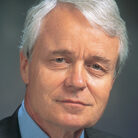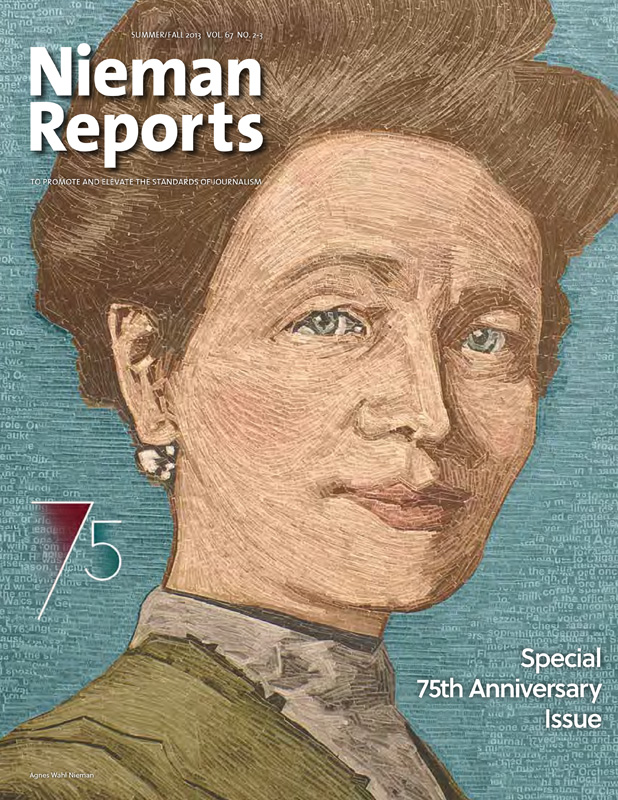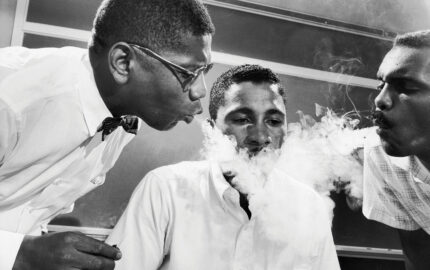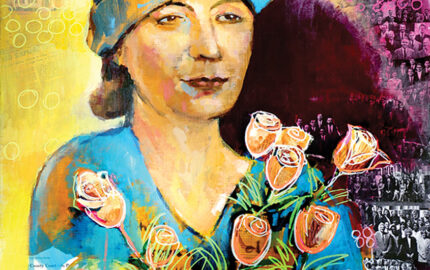After covering the Vietnam War, Carroll was editor of The Baltimore Sun, the Lexington (Ky.) Herald-Leader, and the Los Angeles Times, the latter of which won 13 Pulitzers during Carroll’s five years as editor

The first evening of my Nieman year I found myself, drink in hand, facing a man whose name tag identified him as Merle Fainsod, a professor who taught a well-regarded course about the Soviet Union. Being new to Harvard and largely ignorant of the Soviet Union, I was a bit intimidated, but to my surprise he seemed interested in me. I ended up taking his course.
Fainsod was known for his work with millions of Soviet documents captured when the Germans overran the city of Smolensk during World War II. Most of them were routine memoranda. With patience and scholarship, Fainsod made himself the master of the Smolensk Archive, thereby deriving a deep understanding of how the Soviet regime actually worked. His book, “How Russia Is Ruled,” was the text for his course.
Up to that point, I’d been knocking out stories as fast as I could and then rushing off to the next one. Having just returned from Vietnam and the Middle East, I was planning to continue as a foreign correspondent and thought the Soviet Union course would be helpful. It was, but not in the way I expected. Through Fainsod I learned that seemingly small facts can be clues to large truths. I never had another foreign assignment. I became an editor, always on the lookout for the larger stories buried among the routine facts, partial to stories that were backed by previously under-examined troves of documents. Fainsod’s scholarship helped me see broader horizons as a journalist.



